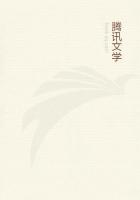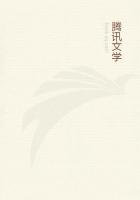With regard to the generation of bees different hypotheses are in vogue. Some affirm that bees neither copulate nor give birth to young, but that they fetch their young. And some say that they fetch their young from the flower of the callyntrum; others assert that they bring them from the flower of the reed, others, from the flower of the olive. And in respect to the olive theory, it is stated as a proof that, when the olive harvest is most abundant, the swarms are most numerous. Others declare that they fetch the brood of the drones from such things as above mentioned, but that the working bees are engendered by the rulers of the hive.
Now of these rulers there are two kinds: the better kind is red in colour, the inferior kind is black and variegated; the ruler is double the size of the working bee. These rulers have the abdomen or part below the waist half as large again, and they are called by some the 'mothers', from an idea that they bear or generate the bees; and, as a proof of this theory of their motherhood, they declare that the brood of the drones appears even when there is no ruler-bee in the hive, but that the bees do not appear in his absence. Others, again, assert that these insects copulate, and that the drones are male and the bees female.
The ordinary bee is generated in the cells of the comb, but the ruler-bees in cells down below attached to the comb, suspended from it, apart from the rest, six or seven in number, and growing in a way quite different from the mode of growth of the ordinary brood.
Bees are provided with a sting, but the drones are not so provided. The rulers are provided with stings, but they never use them; and this latter circumstance will account for the belief of some people that they have no stings at all.
22
Of bees there are various species. The best kind is a little round mottled insect; another is long, and resembles the anthrena; a third is a black and flat-bellied, and is nick-named the 'robber'; a fourth kind is the drone, the largest of all, but stingless and inactive. And this proportionate size of the drone explains why some bee-masters place a net-work in front of the hives; for the network is put to keep the big drones out while it lets the little bees go in.
Of the king bees there are, as has been stated, two kinds. In every hive there are more kings than one; and a hive goes to ruin if there be too few kings, not because of anarchy thereby ensuing, but, as we are told, because these creatures contribute in some way to the generation of the common bees. A hive will go also to ruin if there be too large a number of kings in it; for the members of the hives are thereby subdivided into too many separate factions.
Whenever the spring-time is late a-coming, and when there is drought and mildew, then the progeny of the hive is small in number.
But when the weather is dry they attend to the honey, and in rainy weather their attention is concentrated on the brood; and this will account for the coincidence of rich olive-harvests and abundant swarms.
The bees first work at the honeycomb, and then put the pupae in it: by the mouth, say those who hold the theory of their bringing them from elsewhere. After putting in the pupae they put in the honey for subsistence, and this they do in the summer and autumn; and, by the way, the autumn honey is the better of the two.
The honeycomb is made from flowers, and the materials for the wax they gather from the resinous gum of trees, while honey is distilled from dew, and is deposited chiefly at the risings of the constellations or when a rainbow is in the sky: and as a general rule there is no honey before the rising of the Pleiads. (The bee, then, makes the wax from flowers. The honey, however, it does not make, but merely gathers what is deposited out of the atmosphere;and as a proof of this statement we have the known fact that occasionally bee-keepers find the hives filled with honey within the space of two or three days. Furthermore, in autumn flowers are found, but honey, if it be withdrawn, is not replaced; now, after the withdrawal of the original honey, when no food or very little is in the hives, there would be a fresh stock of honey, if the bees made it from flowers.) Honey, if allowed to ripen and mature, gathers consistency; for at first it is like water and remains liquid for several days. If it be drawn off during these days it has no consistency; but it attains consistency in about twenty days. The taste of thyme-honey is discernible at once, from its peculiar sweetness and consistency.
The bee gathers from every flower that is furnished with a calyx or cup, and from all other flowers that are sweet-tasted, without doing injury to any fruit; and the juices of the flowers it takes up with the organ that resembles a tongue and carries off to the hive.
Swarms are robbed of their honey on the appearance of the wild fig. They produce the best larvae at the time the honey is a-******.
The bee carries wax and bees' bread round its legs, but vomits the honey into the cell. After depositing its young, it broods over it like a bird. The grub when it is small lies slantwise in the comb, but by and by rises up straight by an effort of its own and takes food, and holds on so tightly to the honeycomb as actually to cling to it.
The young of bees and of drones is white, and from the young come the grubs; and the grubs grow into bees and drones. The egg of the king bee is reddish in colour, and its substance is about as consistent as thick honey; and from the first it is about as big as the bee that is produced from it. From the young of the king bee there is no intermediate stage, it is said, of the grub, but the bee comes at once.
Whenever the bee lays an egg in the comb there is always a drop of honey set against it. The larva of the bee gets feet and wings as soon as the cell has been stopped up with wax, and when it arrives at its completed form it breaks its membrane and flies away.















